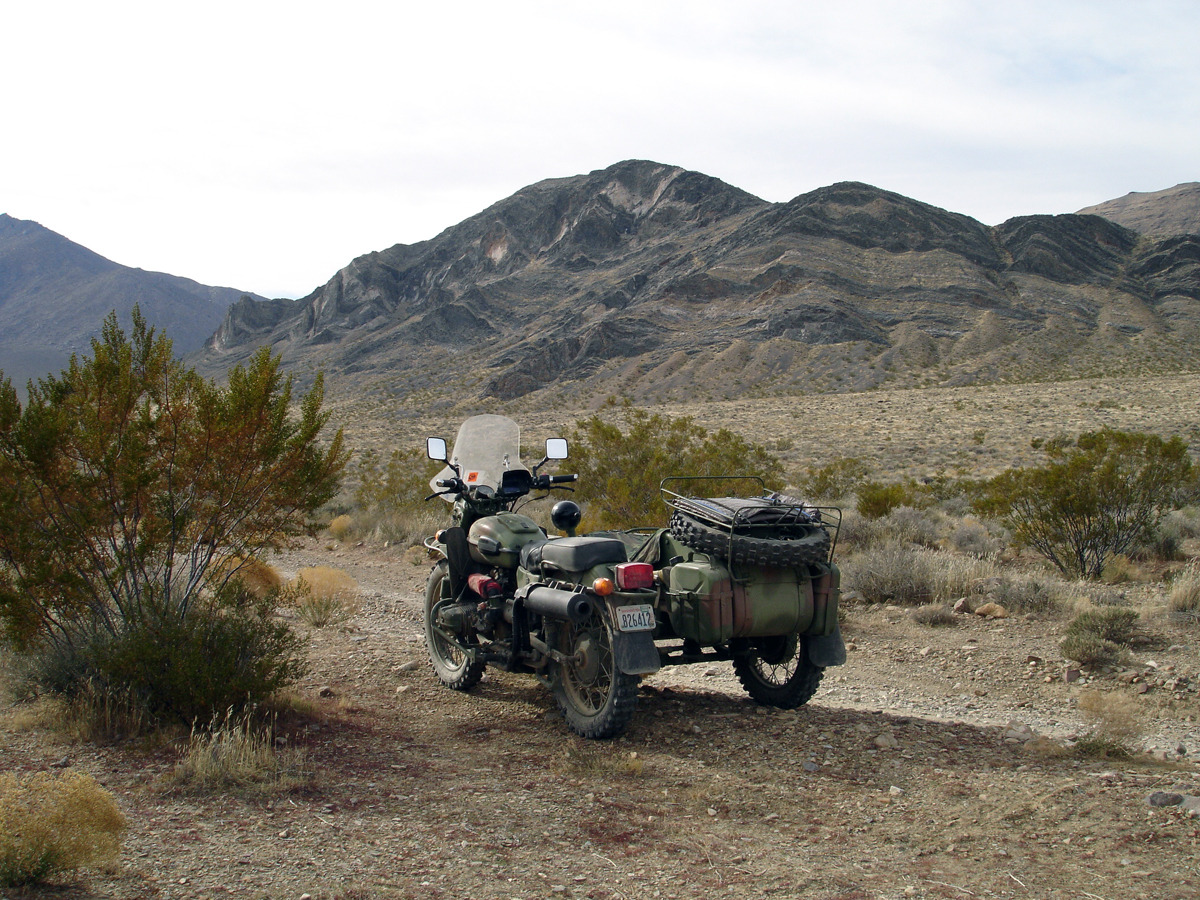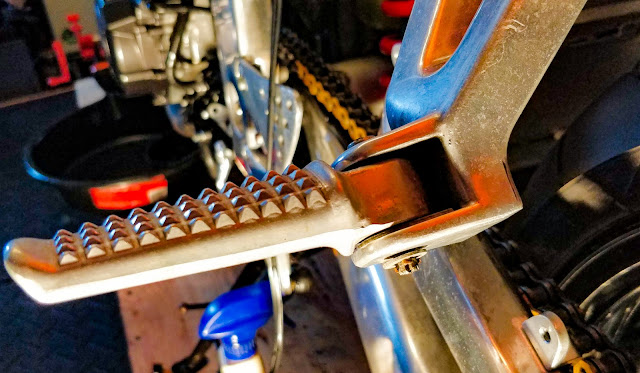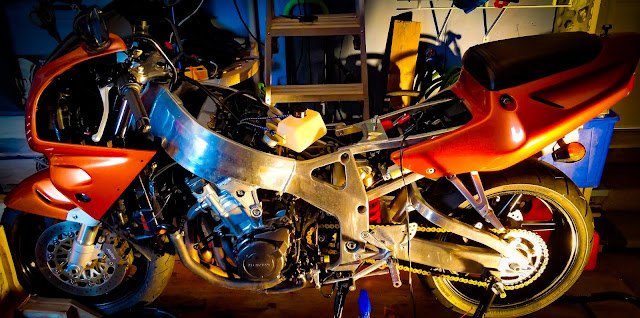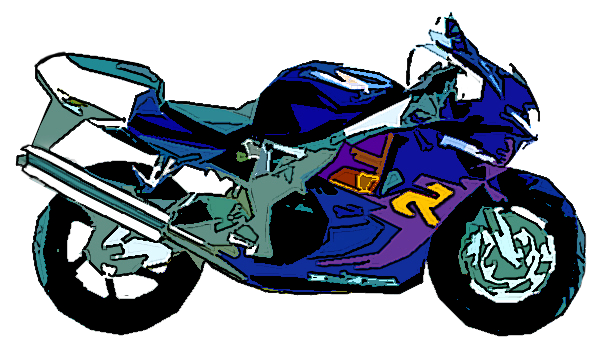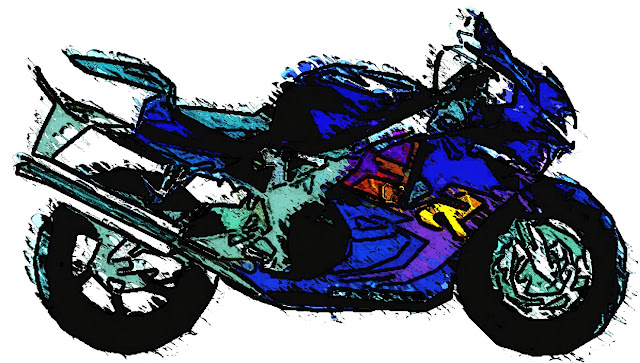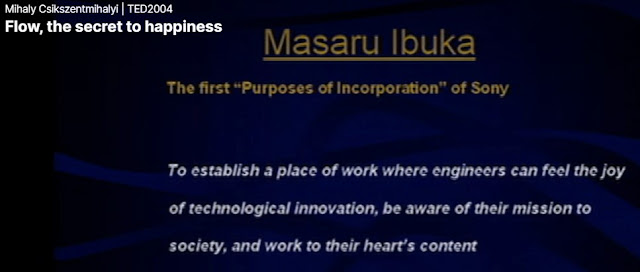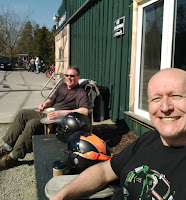I’m a teacher with a lot of technical expertise. I don’t just teach effectively with digital technology, I teach the subject itself. Fifteen years working in information technology in roles ranging from systems implementation to technical support and training are what led me into teaching the subject. When I began teaching in 2004 elearning was beginning to evolve out of distance (ie: mail order paper based) material. I jumped on it the summer after I started teaching at Peel DSB. At that point elearning was a very loose HTML webpage where you had to write code to display the content properly. I had some very interesting experiences teaching senior, university bound English on that system. When I moved to my current board I volunteered for their pilot elearning program and taught a variety of elearning courses purely online, and then did a blended face to face introduction to elearning while teaching the mandatory career studies course. One of the best things to come out of that project was that all of those students had a very clear idea of whether or not elearning would work for them. A third of the class never wanted to see it again, and the correlation between students with IEPs and students who had trouble with elearning was nearly 100%.
 Since the school closures happened, I’ve been very conscious of the economically disadvantaged students who have been cut off at home. This may very well be a home that isn’t safe, isn’t providing adequate care and isn’t where the student wants to spend their time. The “stay at home” message that started this off is couched in privilege. For many students home isn’t a nice word. I’ve been frustrated by the lack of initiative shown in this crisis, but the digital divide many of our students face was something we could have addressed before, but didn’t. Some leaders are now using that lack of equity as an excuse to do nothing, which strikes me as the worst kind of hypocrisy. If we messed it up before, we’re messing it up now for even more people because what we didn’t do before is an excuse to do nothing now? Wow.
Since the school closures happened, I’ve been very conscious of the economically disadvantaged students who have been cut off at home. This may very well be a home that isn’t safe, isn’t providing adequate care and isn’t where the student wants to spend their time. The “stay at home” message that started this off is couched in privilege. For many students home isn’t a nice word. I’ve been frustrated by the lack of initiative shown in this crisis, but the digital divide many of our students face was something we could have addressed before, but didn’t. Some leaders are now using that lack of equity as an excuse to do nothing, which strikes me as the worst kind of hypocrisy. If we messed it up before, we’re messing it up now for even more people because what we didn’t do before is an excuse to do nothing now? Wow.| Level 3 means you can take a time and date out of an email and put it in an online calendar, this isn’t rocket science, and yet most people aren’t even there. |
Let’s say we get the digital divide under control and manage to get everyone connected (we haven’t and we wont’, but let’s imagine we did). Now that we have everyone online and using an appropriate device, we need the majority to leverage digital skills they haven’t developed and get them learning remotely. Ontario doesn’t have a digital skills continuum, other than some vague language dropped into other subjects here and there, yet we were increasingly expecting students and teachers to use digital tools in school and now they have suddenly become a necessity. I teach computer technology and have a well developed program, but I only reach about 100 students out of the 1300 in our school. If you count the business tech courses and media arts that also build digital fluency, all together we’d be lucky to reach a quarter of our student population, the rest have basic, habitual digital experience – like most of the population. What we’re doing with elearning is akin to handing out books to illiterate people so they can learn at home with them.
from Blogger https://ift.tt/3aGcQwG
via IFTTT






